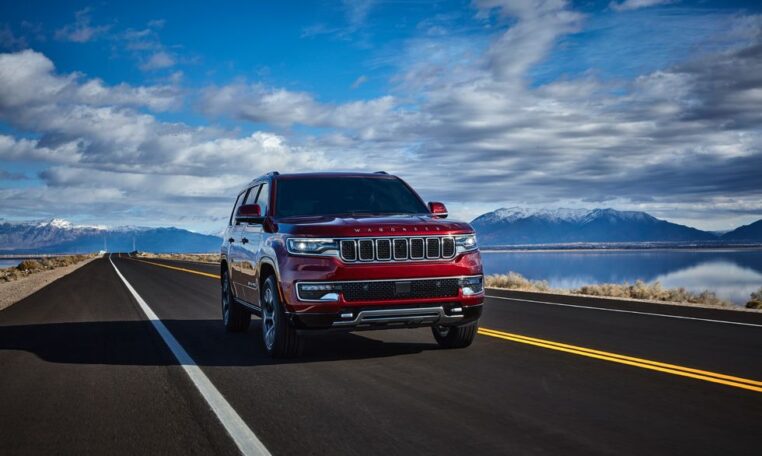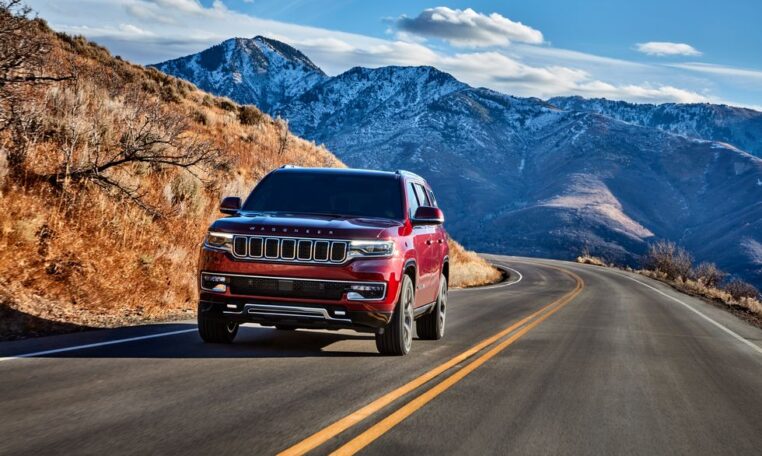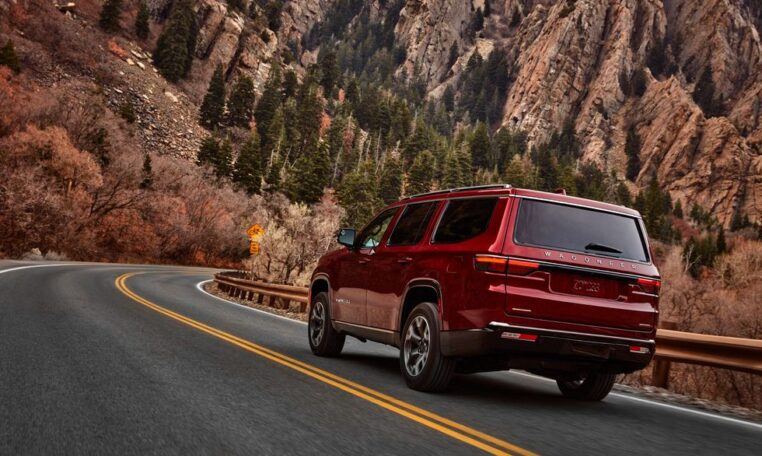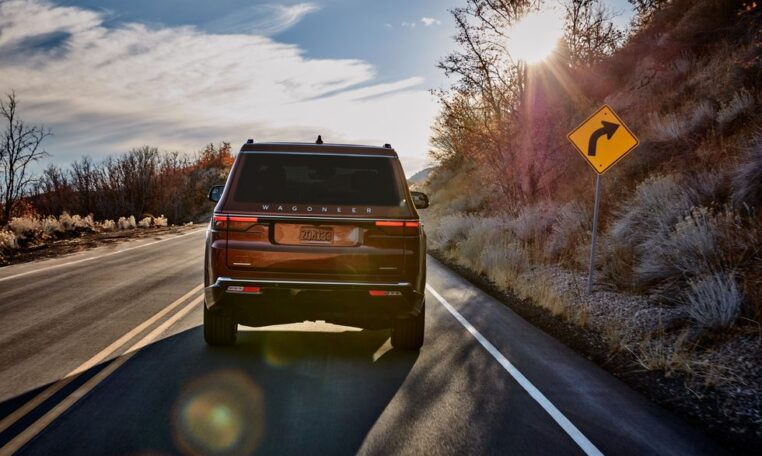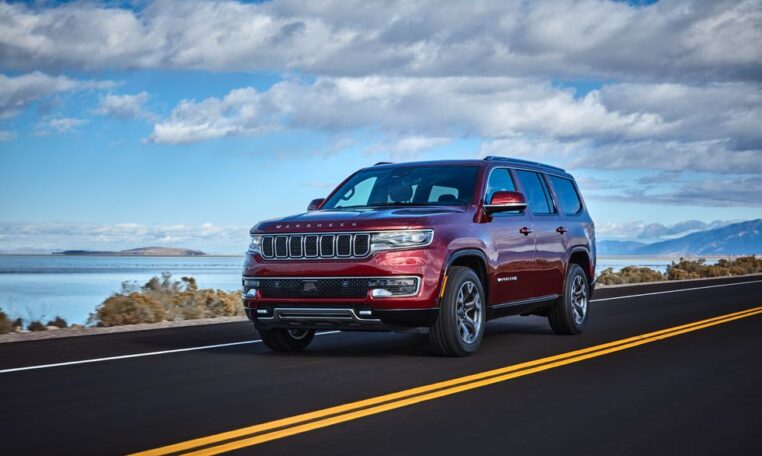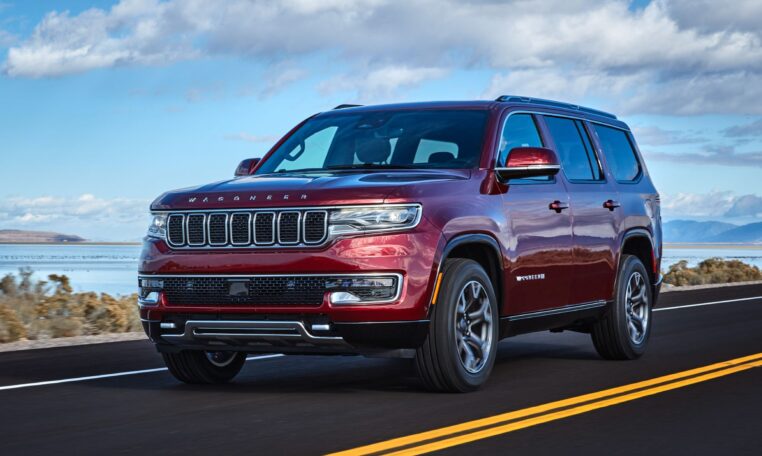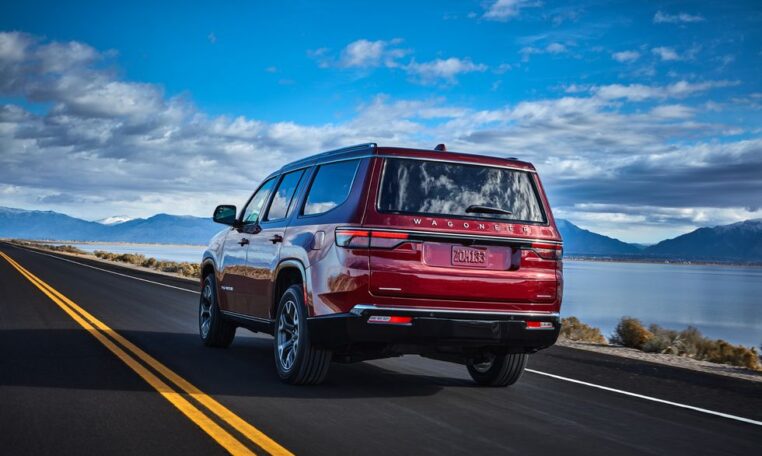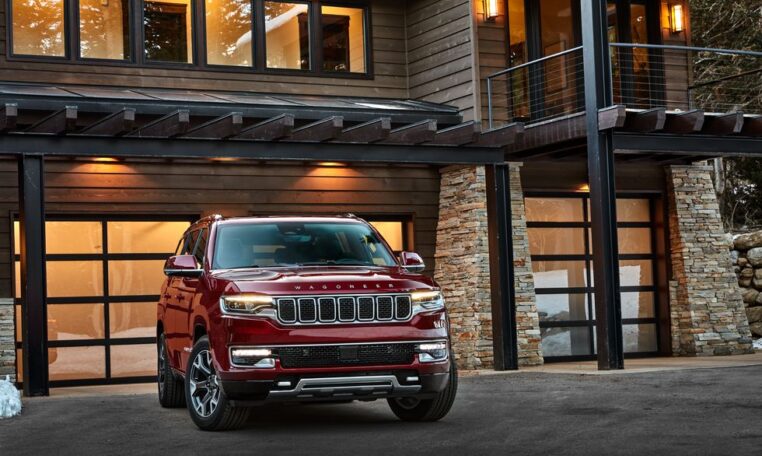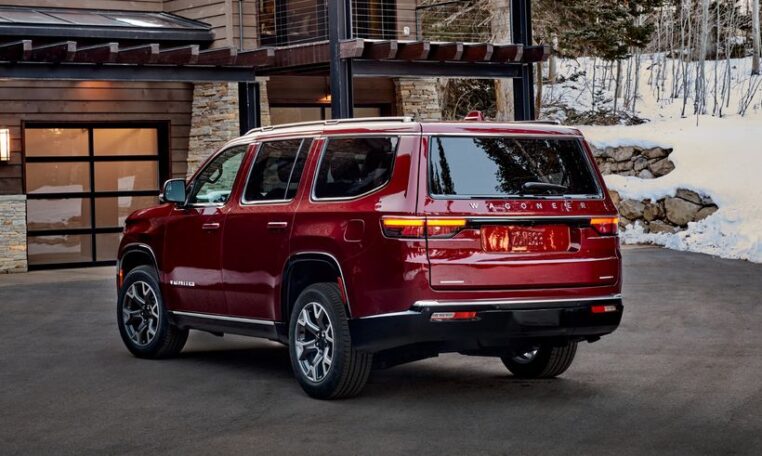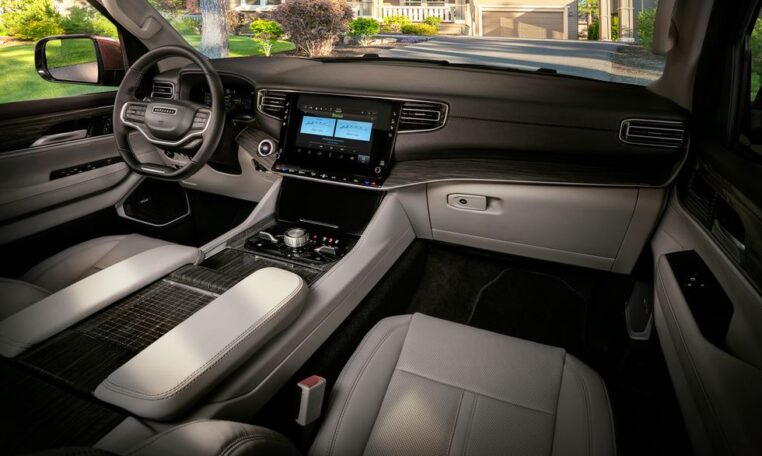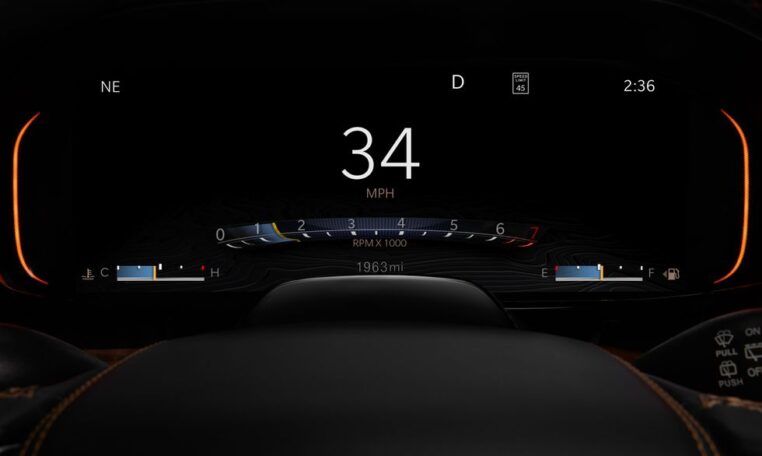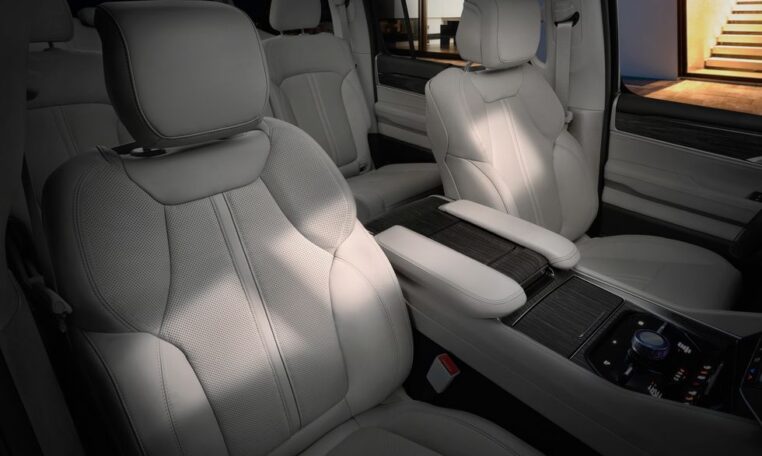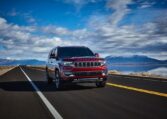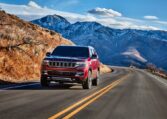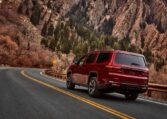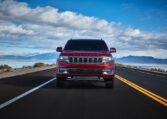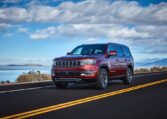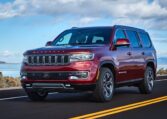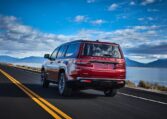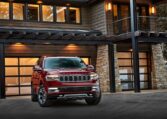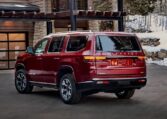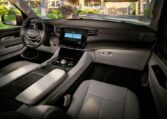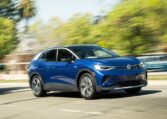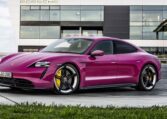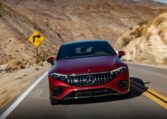NEW 2022 Jeep Wagoneer
Overview
Jeep is resurrecting a famous name from its past—Wagoneer—that will be worn by a new, large family SUV with three roomy rows of seats. Set to take on the likes of the Chevrolet Tahoe and Suburban, the Ford Expedition, and the Nissan Armada, the 2022 Wagoneer boasts V-8 power, 10,000 pounds of towing capacity, and a deluxe interior. Speaking of the interior, it’s heavy on tech, with up to five available displays, including one that’s dedicated to the front passenger. Rear-wheel drive is standard, but we figure most buyers will upgrade to one of the Wagoneer’s available four-wheel drive systems; an optional air suspension is also offered and gives the big Jeep even more off-road capability. Looking for something more luxurious? The mechanically similar but much more expensive Grand Wagoneer might better meet those expectations. We review that model separately.
What’s New for 2022?
The Wagoneer is new for Jeep for 2022, but it’s hardly a new name for the brand. The Wagoneer name badge first appeared in 1963 alongside that of the luxurious Grand Wagoneer SUV. It was also used on a trim level for versions of the brand’s Cherokee and Grand Cherokee models in the 1990s.
Engine, Transmission, and Performance
All Wagoneer models come with a 392-hp 5.7-liter V-8 engine which is supported by a 48-volt hybrid system and offers a cylinder deactivation feature to help save fuel. An eight-speed automatic transmission is standard but buyers seeking to unlock the Wagoneer’s off-road capabilities will want to add four-wheel drive to their order sheet; rear-wheel drive is standard otherwise. Speaking of four-wheel drive, there are three different systems to choose from, all with varying degrees of capability. Other available off-road features include an adjustable air suspension that can raise the Wagoneer to provide an additional 3.6 inches of ground clearance, and a drive-mode selector system which includes sand/mud, snow, and rock modes. Both rear- and four-wheel drive variants of the Wagoneer will be rated to tow up to 10,000 pounds. On our first test drive, we noted that the Wagoneer’s somewhat top-heavy handling doesn’t inspire the driver to zip through curves but its softly-tuned suspension delivered a smooth ride when cruising on the highway. At our test track, the big lug managed a fairly brisk 6.7-second run to 60 mph. Stopping from 70 mph was a different story as the Wagoneer needed a long 197 feet to come to a complete stop from that speed.
Fuel Economy and Real-World MPG
According to the EPA, the rear-wheel drive Wagoneer is the most efficient one, with ratings of 16 mpg city and 22 mpg highway; going with all-wheel drive drops those estimates to 15 mpg city and 20 mpg highway. We haven’t had the chance to test the SUV on our 75-mph highway fuel economy route, but we’ll update this story when we have results to to share. For more information about the Wagoneer’s fuel economy, visit the EPA’s website.
Interior, Comfort, and Cargo
A spacious three-row cabin can be equipped with seating for up to eight in the Wagoneer but opting for second-row captain’s chairs reduces seating to seven. The cabin design is rich and features plenty of standard luxury items, such as leather upholstery, 12-way power-adjustable front seats, ambient interior lighting, and three-zone automatic climate control. Buyers seeking the ultimate in luxury will want to pony up for the more expensive Grand Wagoneer, but we think most will find the offerings in the regular Wagoneer suitably upscale. Cargo space is generous, particularly with the third row folded, but we won’t know exactly how many carry-on suitcases it can hold until we can get a Wagoneer into our office for testing.
Browse through the vast selection of vehicles that have recently been added to our inventory.
